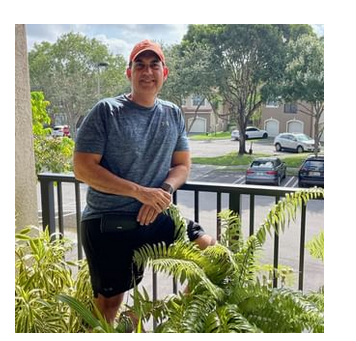The concept of neuroplasticity—the brain’s remarkable ability to reorganize and adapt—has become a beacon of hope in the field of rehabilitation for individuals recovering from brain injuries. Understanding and leveraging neuroplasticity have spurred groundbreaking advancements, offering new avenues for recovery and rehabilitation following brain trauma by Dr Manuel Abreu.
Brain injuries, whether from trauma, stroke, or neurodegenerative conditions, can disrupt neural networks and impair various cognitive, motor, or sensory functions. Historically, the belief that brain damage was irreparable prevailed. However, the discovery of neuroplasticity revolutionized this understanding, revealing the brain’s remarkable capacity for adaptation and recovery.
Neuroplasticity involves the brain’s ability to reorganize its structure and function in response to learning, experiences, and injuries. Following a brain injury, neighboring neurons can compensate for damaged areas by reorganizing and taking on new functions. This phenomenon forms the foundation of rehabilitation strategies aimed at harnessing neuroplasticity to facilitate recovery.
Rehabilitation programs tailored to harness neuroplasticity involve a multifaceted approach, encompassing various therapies and techniques. These include physical rehabilitation to restore Dr Manuel Abreu motor function, cognitive therapies to improve memory and attention, speech and language therapies, and occupational therapy to enhance daily living skills.
One of the key advancements in brain injury rehabilitation revolves around targeted and intensive therapy regimens that capitalize on the brain’s adaptive capabilities. Techniques such as constraint-induced movement therapy, repetitive task-specific training, and computer-based neurocognitive exercises aim to stimulate neural pathways, encouraging the brain to rewire and regain lost functions.
Technological innovations have also played a pivotal role in advancing brain injury rehabilitation. Virtual reality, robotics, and brain-computer interfaces offer immersive and interactive platforms for rehabilitation, providing real-time feedback and personalized interventions to promote functional recovery.
Furthermore, early intervention and personalized rehabilitation plans tailored to an individual’s specific needs and abilities are pivotal in optimizing neuroplasticity for recovery. This individualized approach ensures that rehabilitation efforts align with the brain’s adaptive processes, maximizing the potential for functional improvement.
Despite the promising advancements, challenges in brain injury rehabilitation persist. Access to specialized care, the duration and intensity of rehabilitation, and the variability in response among individuals underscore the need for ongoing research, increased resources, and accessibility to advanced rehabilitation techniques.
In conclusion, the understanding and application of neuroplasticity in rehabilitation represent a paradigm shift in how we approach brain injury recovery. By harnessing the brain’s adaptive potential through innovative rehabilitation strategies, we pave the way for improved outcomes and enhanced quality of life for individuals navigating the challenging journey of brain injury recovery. As research progresses and rehabilitation methodologies evolve, the promise of neuroplasticity Dr Manuel Abreu continues to offer hope for comprehensive recovery and renewed possibilities after brain injury.


